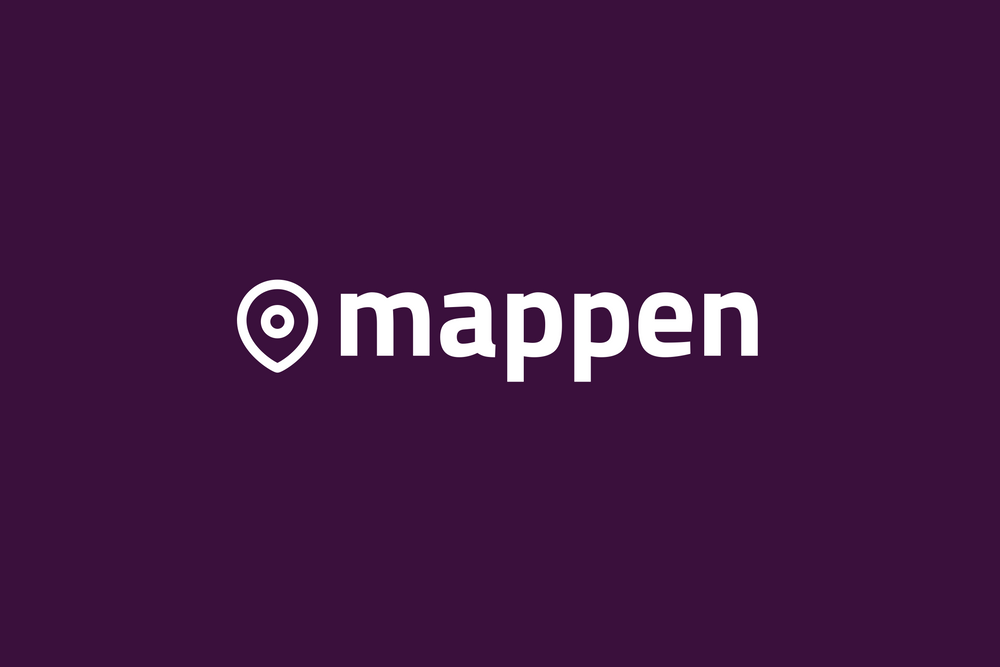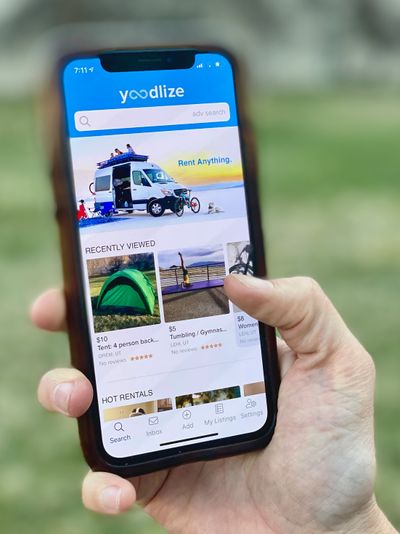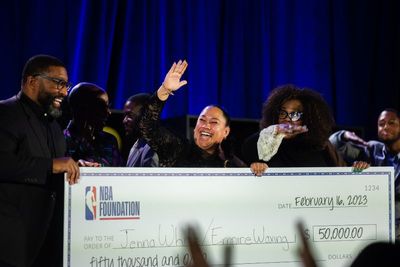When it began, social media sounded like a great idea.
Want to catch up with old friends? Sure!
Want to know how your favorite family members are doing outside of the once-a-year Christmas card? Of course!
Want to stalk your middle school bully and revel in how much better you turned out? Sounds unhealthy, but I guess...
Want to look at photos of your friends’ and casual acquaintances’ perfect lives and feel bad about yours? Slowly wakes from a zombie-like state, brushes off a pile of Cheetos crumbs, and pauses a game of Candy Crush. Wait...what?
Want to know exactly which cat videos your casual-acquaintances-twice-removed have watched in the past 24 hours? Want to read exactly what everyone in your network thinks about Donald Trump? Want to get hit with ads on your current social media site about even newer, shinier social media sites? No, no! Nobody wants that! Any of that.
I think it’s safe to say that nowadays, most of us are less enthusiastic about social media than we used to be. And nobody feels this more than teenagers. Remember those days, filled with angst and self esteem issues and an ever-present, stifling anxiety? Now add on a constant stream of social pressure in the form of #nofilter photos and Instagram models. Oh, it’s a wonder any of us survive.
“Over the last few years we've interviewed hundreds of teens, and one question we always ask is ‘What's the biggest problem people your age face?’ says Jared Allgood. “Nine times out of ten when we ask that question, the response is something like, ‘FOMO,’ or, ‘I feel like I have to keep up appearances on social media,’ or, ‘I know people are fake on social media but I still feel pressure to keep up,’ These responses — along with data that started coming out toward the end of 2016 showing a correlation between increased social media usage and increased anxiety, depression, and loneliness among teens — is what inspired us to build Mappen.”
“Us” is Jared and Jayson Ahlstrom, who co-founded the company together. At Mappen, Jared is the CEO and Jayson is the Head of Product. The two were roommates at BYU together and, as Jared says, “we knew we wanted to build a company together.” After trying a few ideas, they built Yearbook as a way to help people reconnect with their high school graduating class. After growing it to 45 million users, they sold it to Classmates.com.
Then Jared and Jayson started building mobile apps, a few of which got really popular with teen users. As they started learning more about their users (and raising their own teens), they began to realize that kids these days face challenges that didn’t exist a generation ago.
“The average U.S. teen today only hangs out with friends 1.8 times per week. Twenty years ago, the average was over three times per week,” Jared says. “Only 25% of 16-year-olds get their license today, and twenty years ago, it was 45% People are spending more time at home, alone, scrolling through feeds at the age when they should be sneaking out of the house to be with friends. So we built Mappen to help people spend more time with real friends in real life.”
Mappen works by supercharging serendipity: it tells you when your friends are nearby and just as bored or as hungry as you are so that you can hang out. You download the app, add the friends you like to spend time with in-person, and then change your emoji status based on what you’re doing or feeling — anything from the aforementioned “I’m bored” and “I’m hungry” to “I’m watching Netflix” or “I want to go skiing.” Then your friends can see your status, check where you are, and message you through the app to make plans or meet up spur of the moment.
“Setting your status on Mappen is like sending up the bat signal for when you want to hang with friends,” Jared explains. “People love it because it brings real interactions back to social life. Instead of sitting at home scrolling through social feeds, Mappen users can see that their friends are home doing nothing too and then they can make plans to get together. Our users recognize that it isn’t social media — it’s helping them make real connections.”
“We look at Mappen as being complementary to social media — not competitive,” Jayson adds. “Right now, the big social apps largely show you what your friends did over the weekend, yesterday, or last night after it's too late to do anything about it. Mappen is the only social app where it's okay to signal to your friends that you want to be doing something. So it starts the conversations that lead to the hangouts that eventually get posted on social media.”
How well Mappen has been doing is proof of how much we want to be social — not on Instagram or Twitter, but with real people. They raised a $10M Series A a few years ago and their investors include Accel, Alta Ventures, Kickstart Seed Fund, Sound Ventures (Ashton Kutcher's fund), Maveron Ventures, 500 Startups, Lerer-Hippeau Ventures, and Monashees Capital. They’ve also added over 1.5 million users since May--high schoolers want to know what their friends are up to during the summer — and they’re still growing.
Over the last few years, social media come to join the ranks of the “broken,” a sad adjective we use to refer to things like the healthcare system and our political process. Maybe it was doomed from the beginning because many of us inadvertently began using social media to replace in-person connection, rather than augment it.
If we can start to focus on spending time with real people, instead of smothering them with our virtual likes and follows, perhaps we can start filling the emptiness social media has left us with. And that’s what Mappen’s helping us to do — starting with teenagers. When I asked Jared if there was anything he wanted me to add to this article, I expected him to say something about downloading the app or telling a teen about it. Instead, he said, “Go spend some time with friends you haven’t seen in a while.”
To learn more about Mappen, check out their website or read more about them on Forbes and ReadWrite.








